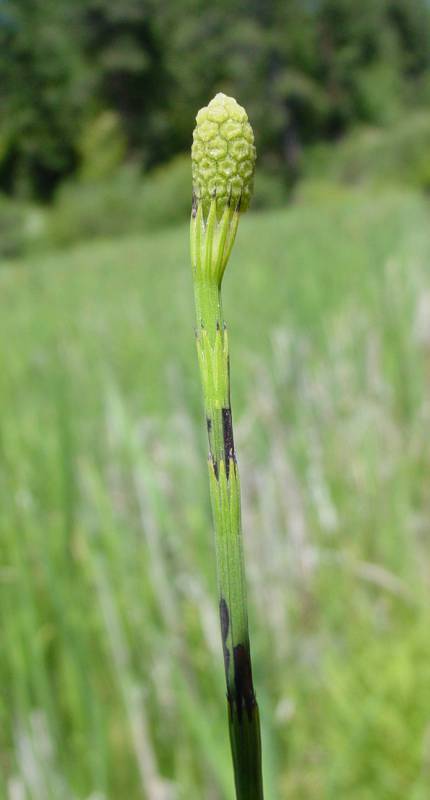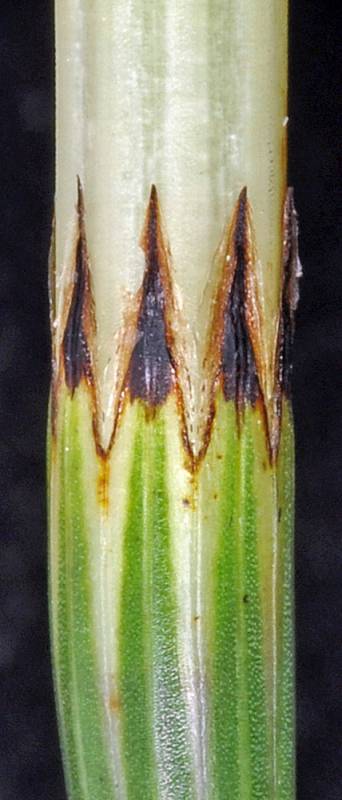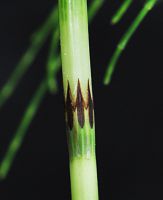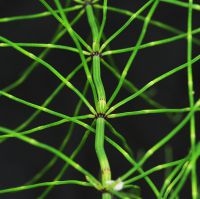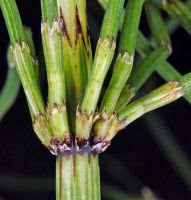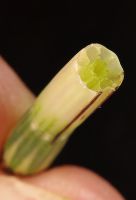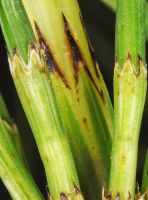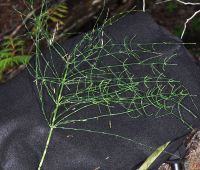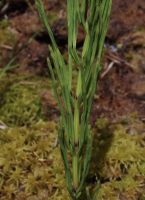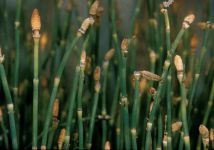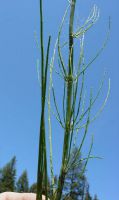Distribution: Occurring on both sides of the Cascades crest in Washington; Alaska to California, east across the northern U.S. and Canada to the Atlantic Coast; circumboreal.
Habitat: Streambanks, wet meadows, and marshes, from the lowlands to moderate elevations in the mountains.
Origin: Native
Growth Duration: Perennial
Conservation Status: Not of concern
Rhizomatous annual, the stems not dimorphic, 2-8 dm. tall, with 5 to 10 deep grooves, the ridges smooth; stomates in a single, broad band in each furrow; central cavity less than 1/3 the diameter of the stem; sheathes green, 5-10 mm. long, with persistent teeth 3-7 mm. long, black or dark brown with broad, pale, papery margins.
Branches few and irregular to many and whorled, 5- to 6-angled, simple.
Cones pedunculate, blunt, deciduous.
Publication: Sp. Pl. 2: 1061. 1753.
PNW Herbaria: Specimen records of Equisetum palustre in the Consortium of Pacific Northwest Herbaria database.
WA Flora Checklist: Equisetum palustre checklist entry.
OregonFlora: Equisetum palustre information.
E-Flora BC: Equisetum palustre atlas page.
CalPhotos: Equisetum palustre photos.
USDA Plants: Equisetum palustre information.

